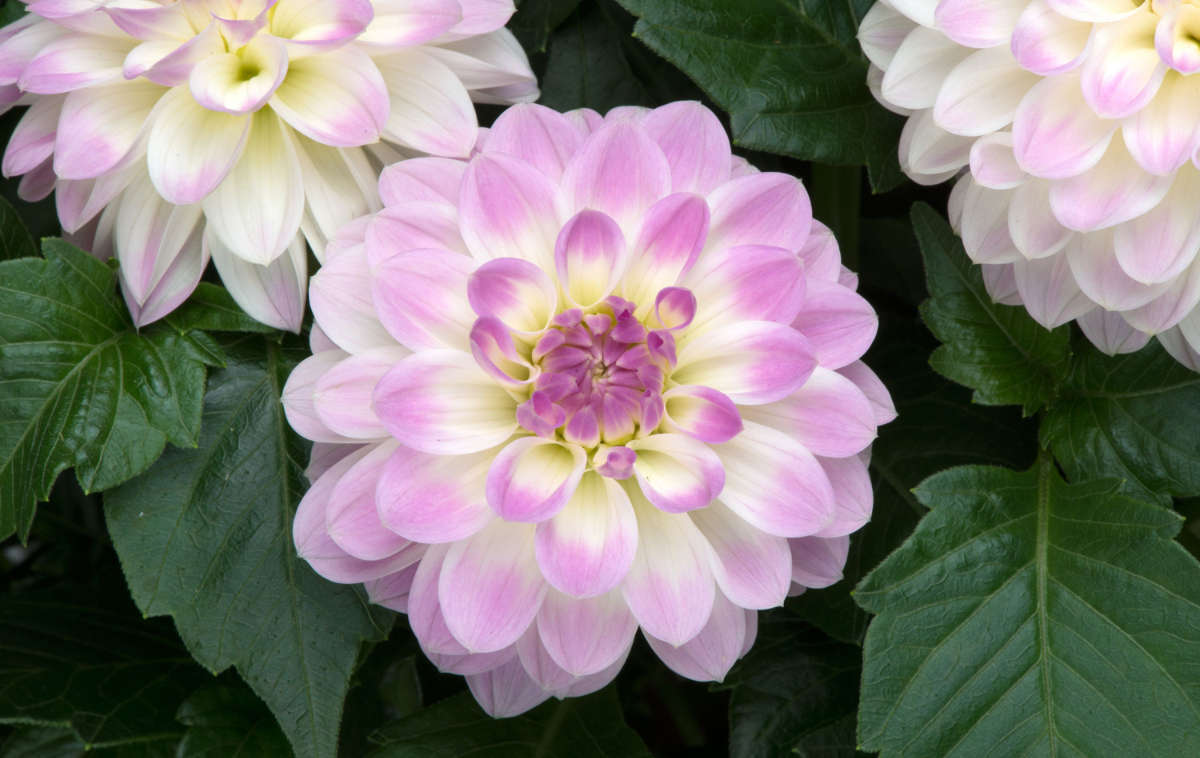Classic plants that have been traditional grown in British gardens are making a big comeback – and it’s largely because gardeners are seeking comforting old favourites in troubled times.
According to a recent garden trends report, gardeners are opting for ‘tried and tested’ varieties during these unsettled times, from bedding classics that deliver a show for months, to traditional blooms that offer attractive cut flowers.
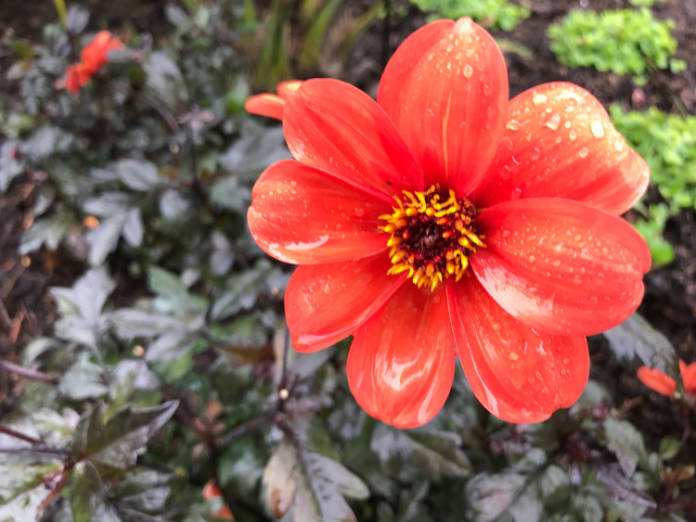
“In times of uncertainty, people seek familiarity,” says horticulturist Mark Sage. “There’s some great breeding work being done with hydrangeas. Dahlias can be grown in a 9cm pot on the windowsill, or in big drifts in borders.
“The popularity of mainstay plants such as lavenders and begonias is huge. English lavender – hidcotes – are getting big momentum, as well as lots of other angustifolia varieties.”
5 traditional British garden plants
Here are five traditional favourites that have bloomed in popularity during these uncertain times…
1. Hydrangeas
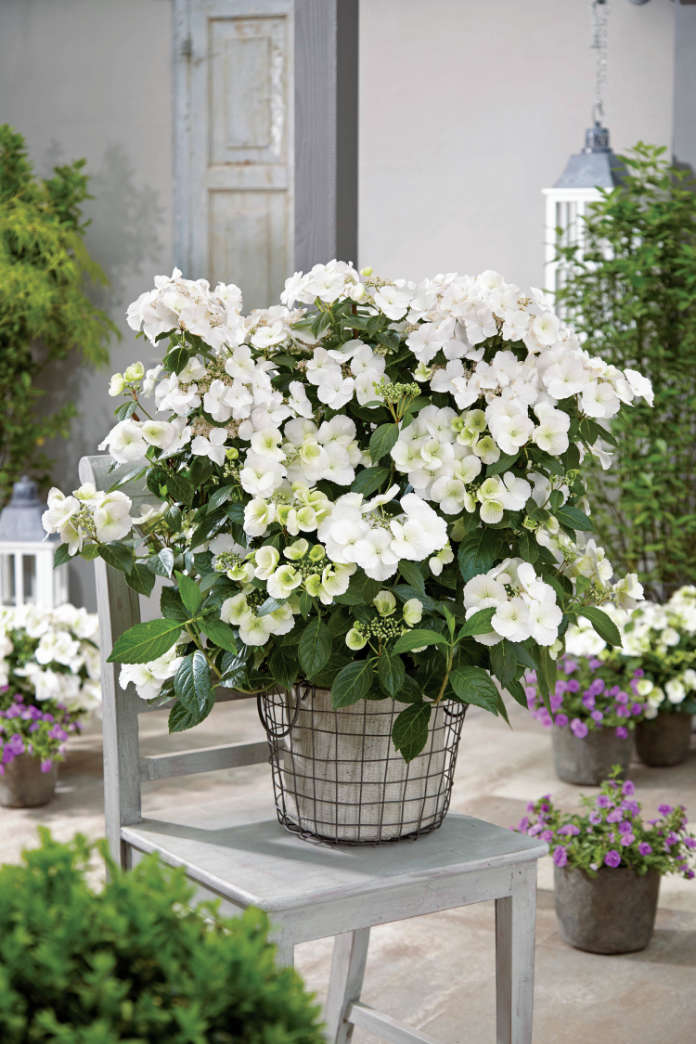
They might have once seemed really outdated, but hydrangeas have made a comeback, with new varieties coming on to the market – such as ‘Runaway Bride’, a white variety which won Plant of the Year at Chelsea Flower Show in 2018.
Hydrangeas like a bit of shade and are acid-loving, so plant them in ericaceous compost. Flower colour is influenced by the soil acidity, and if you want your hydrangeas blue, you may need to add hydrangea colourant, a mixture of iron and aluminium.
2. Dahlias
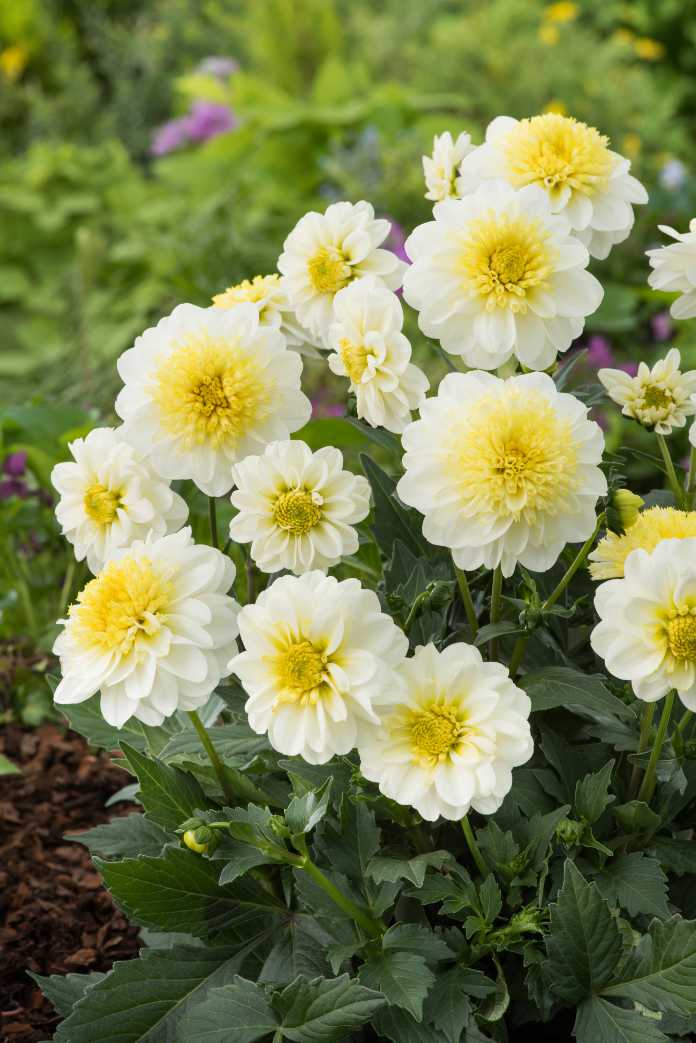
Sales of dahlias have boomed in recent years. Popular new shades include ‘Iceball’ (lemon yellow and white) and ‘Lavender swirl’.
New varieties of the popular ‘Gardenetta’ dahlia series are spectacularly coloured big blooms on plants compact enough to be grown in containers, perfect for space-starved gardeners.
Bedding varieties are smaller than the types grown for show or cutting and are ideal for pots, as they often have colourful foliage as well as flowers. Dry tubers are often sold in mixed packs, so if you want a definitive colour, buy them in flower. If you are planting tubers in pots, dahlias will need planting in spring for a lovely summer display.
3. Heathers
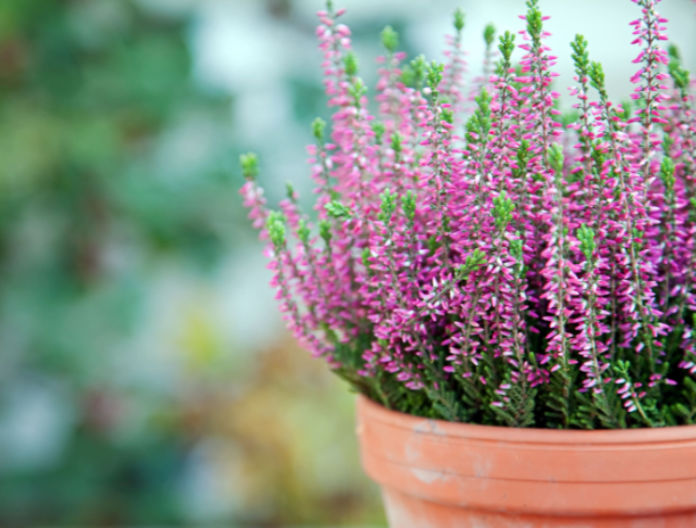
Heathers are abundant in garden centres almost year-round, starting with the white and purple winter-flowering varieties of Erica carnea, to the bell-shaped flowers of Cornish heather, Erica vagans, which flowers in summer to Erica tetralix, a low-spreading grey-leaved evergreen type bearing clusters of lilac-pink, white or magenta flowers from midsummer to mid-autumn.
Again, heathers prefer acid soil, so plant them in ericaceous compost in bold drifts.
3. Lavenders
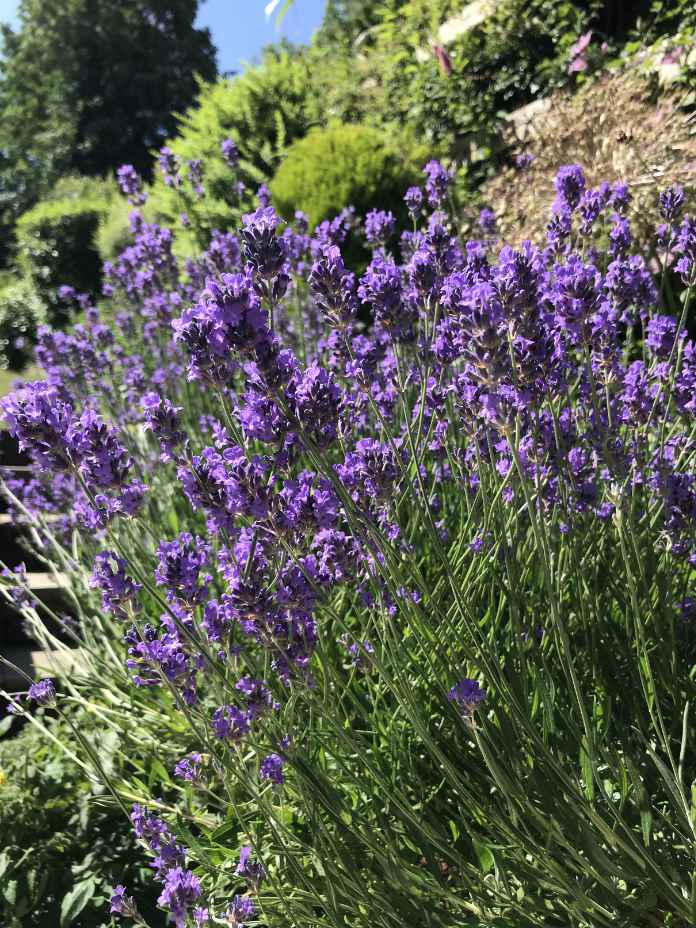
English lavender has never really gone out of fashion, thanks to its eye-catching spikes of blooms, traditionally in purple but also available in pink and white. It’s low-maintenance, doesn’t need compost added to the soil when planting and is drought-tolerant, so will survive longer than many other plants subjected to full sun for most of the day during long dry summers.
Look out for English lavender or certainly lavender which has been grown in the UK, because of the risk of Xylella, a bacteria which has been found in other parts of Europe and reduces plants’ ability to take up water, causing leaf scorch, die back and, in some cases, plant death.
Lavender’s great for low hedging, creating a framework for ornamental kitchen gardens (potagers) and is also a magnet for bees.
5. Begonias
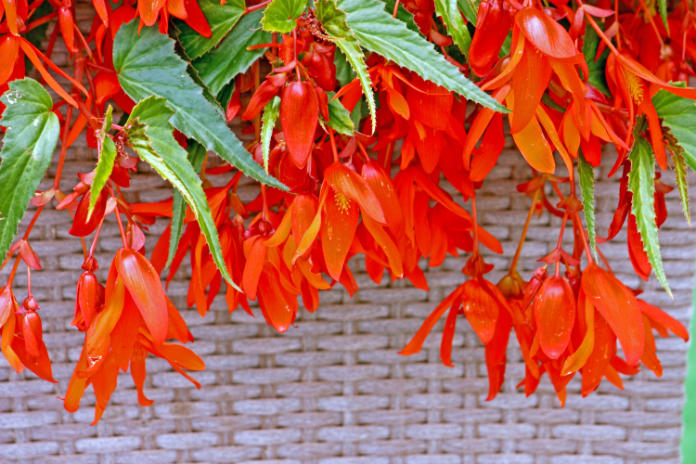
They have long been considered the musty, fusty bedding plants favoured by grannies nationwide, but again, new breeding has resulted in much more interesting varieties in recent years – including Begonia ‘Fragrant Falls Improved – Apricot Delight’, a trailing variety which offers cascades of apricot blooms which will flower well into autumn.
But the coolest begonias are the species types, wild ones from Brazil, Bolivia, Japan and China, which have such diverse architectural forms you’d never recognise them as a begonia at all.
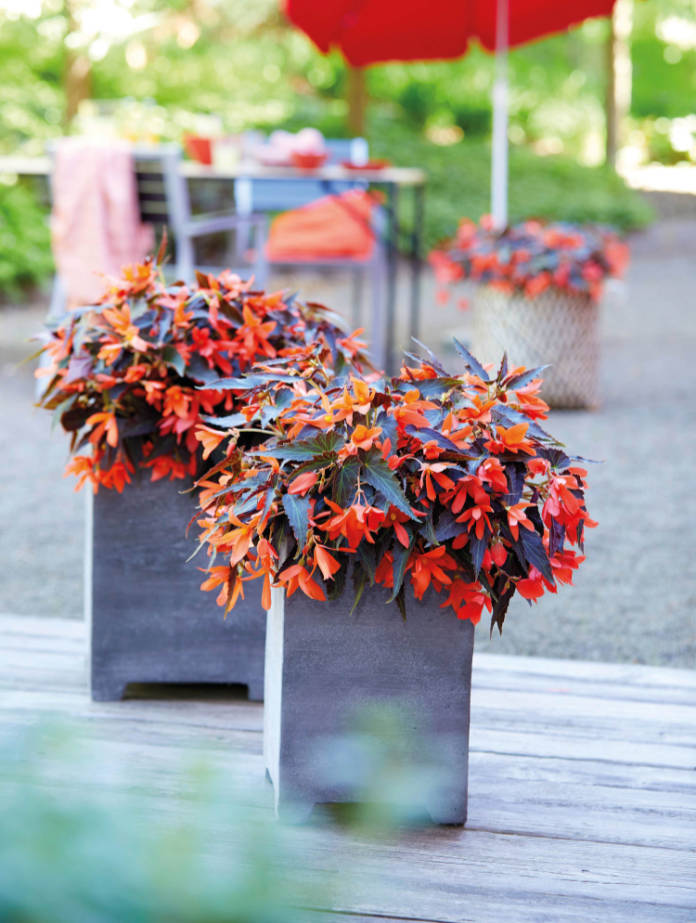
Many of them will provide interest in shady corners, where other plants will flag. Try the stunning Begonia boliviensis, whose brilliant orange flowers look great trailing out of a pot – but make sure you put it in a frost-free place over winter.
Begonias like moist soil, but don’t waterlog them. Plant them in rich, free-draining soil. If your soil is heavy, add grit to aid drainage. Feed them regularly throughout the summer and keep them in a fairly shady spot.
You may also be interested in…
Best-selling gardening accessories
Stuck for inspiration? Check out our list of best-selling Amazon products!
No products found.
This article may include affiliate links to products and services where we may receive a small fee to support the running of this site if you make a purchase or is a sponsored article from one of our select editorial partners providing valuable advice and information to our readers.























































